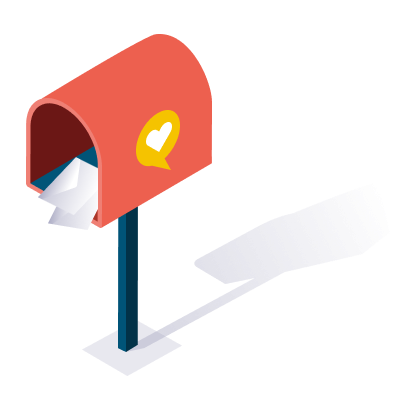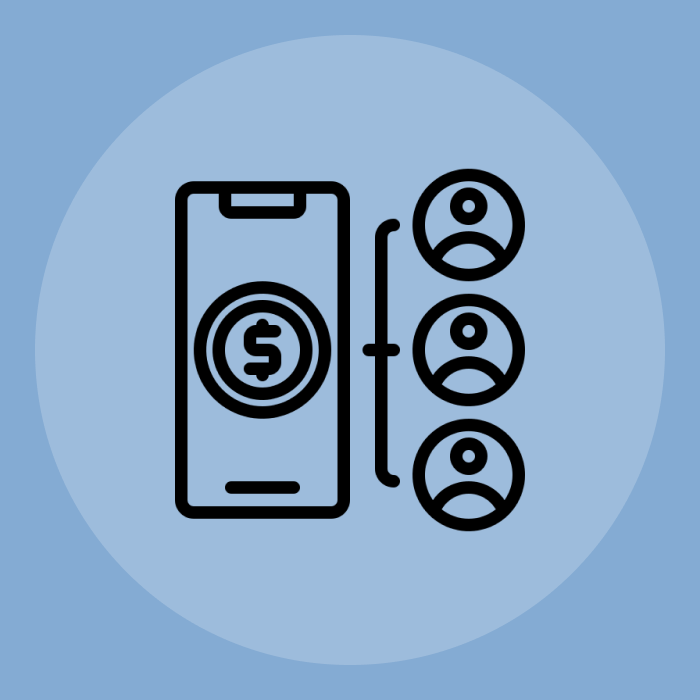TNS Experts
This post was submitted by a TNS experts. Check out our Contributor page for details about how you can share your ideas on digital marketing, SEO, social media, growth hacking and content marketing with our audience.
In this blog post, we will explore the impact of social media on education and discuss the pros and cons of using these platforms in the classroom!
It's no secret that social media has profoundly impacted our society. What once started as a way for people to connect with friends and family has turned into a powerful tool that can be used for good or bad. In recent years, social media has begun to make its way into the world of education. There are now countless examples of how social media is being used in the classroom, and it's essential to understand both the benefits and drawbacks of using these tools in this setting.
In this blog post, Benjy Grinberg will explore the impact of social media on education and discuss the pros and cons of using these platforms in the classroom!
Social media has played a fundamental role in shaping education throughout its history. The first iterations of social media, like early newsgroups and chat services, were mainly utilized by universities to connect with other institutions and exchange information. As these platforms became more sophisticated and user-friendly, they began to play a more prominent role in day-to-day learning.
For example, educators started using online communities like Facebook to facilitate discussion amongst students inside and outside the classroom. Furthermore, social media has also impacted how we access and share knowledge, enabling teachers and students to easily access vast amounts of educational content online at any time. Overall, social media's influence on the field of education has been immense, shaping how we learn and communicate for decades to come.
It's no secret that social media has changed how we communicate and interact. In many ways, this trend has also carried over into education. Social media platforms have given students new ways to connect with their peers and access educational content. For example, Twitter and Facebook have become powerful tools for sharing news and articles amongst classmates. In addition, social media has also made it easier for students to get help outside of the classroom.
For instance, Benjy Grinberg says there are now countless online communities where students can ask questions and get advice from their peers on assignments or projects. Overall, social media has changed the way students learn by providing new avenues for communication and collaboration.
Like any tool, social media can be used for good or bad. There are both pros and cons to using these platforms in the classroom. Here are some Pros.
Social media is a powerful tool for connecting students in the classroom. Through platforms like Facebook, Twitter, and Instagram, students can communicate with one another and collaborate on assignments. For example, if one student struggles to understand a concept or concept, he can post about it on social media and receive feedback from his peers.
By harnessing the power of these online communities, teachers can help students learn at their own pace and deepen their understanding of critical concepts. Social media can also promote interactive learning activities such as debates and class discussions. In short, social media has many benefits for students in the classroom, making it an essential tool that all educators should use.
In addition to connecting students, social media can also enhance learning in the classroom. Platforms like YouTube and TED Talks offer a wealth of educational content that can be used to supplement traditional teaching methods. For example, if a teacher has trouble explaining a concept, he can show his class a video on YouTube.
This way, students can see the concept in action and better understand how it works. Additionally, social media can also create digital portfolios of student work. This is an excellent way for teachers to assess student progress and give feedback. Overall, social media provides educators with new ways to engage their students and enhance learning in the classroom.
One of the best things about social media is that it gives students a platform to show what they know. Students would typically only share their work with their teachers and classmates in the past. However, they can now share their work with the world through social media. For instance, if a student creates an excellent project or essay, he can post it on his blog or website for others to see.
This allows him to get feedback from a wider audience and helps him build an online portfolio of his work. This is an excellent way for students to showcase their skills and knowledge to potential employers or colleges. Overall, social media provides students new opportunities to show what they know and connect with others.
While social media has many benefits, there are also some potential drawbacks to using it in the classroom. Here are some cons.
One of the biggest concerns about using social media in the classroom is that it can be distracting for students. If students are constantly checking their phones or laptops, they may not be paying attention to the lesson. Additionally, if students can use social media during class, they may be tempted to browse sites like Facebook or Twitter instead of participating in class discussions.
This can lead to a decline in grades and an overall decrease in student engagement. To avoid this, teachers should carefully monitor how and when students use social media in the classroom.
Another concern about social media is that students can misuse it. For example, if students are allowed to use social media during class, they may be tempted to cheat on assignments or plagiarize work. Additionally, if students are allowed to post their job on social media, they may be tempted to copy others' work or plagiarize.
To avoid this, teachers should ensure that students understand the rules for using social media in the classroom and enforce them accordingly. Additionally, teachers should also monitor how and when students use social media in the school.
Finally, social media can also be a huge time waster. Suppose students are allowed to use social media during class. In that case, they may spend the entire period browsing sites like Facebook or Twitter instead of participating in class discussions or working on assignments. Additionally, if students can post their work on social media, they may spend more time promoting their work than actually doing it.
To avoid this, teachers should carefully monitor how and when students use social media in the classroom. Additionally, teachers should make sure that students understand using social media responsibly.
Tik Tok is a social media app that allows users to create and share short videos. Tik Tok has become extremely popular with young people, and many educators are starting to use it in the classroom. Tik Tok can engage students in various subjects, including history, science, and English.
For example, educators can use Tik Tok to create short videos about historical events or scientific concepts. Additionally, educators can use Tik Tok to engage students in English lessons by having them create videos using the app.
However, there are some potential drawbacks to using Tik Tok in the classroom. First, Tik Tok can be distracting for students. If students are constantly checking their phones or laptops, they may not be paying attention to the lesson. Additionally, if students can use Tik Tok during class, they may be tempted to browse other social media sites instead of participating in class discussions.
Second, Benjy Grinberg says students can also misuse Tik Tok. For example, if students are allowed to use Tik Tok during class, they may be tempted to cheat on assignments or plagiarize work. Additionally, if students are allowed to post their job on Tik Tok, they may be tempted to copy others' work or plagiarize.
To avoid these potential problems, teachers should carefully monitor how and when students use Tik Tok in the classroom. Additionally, teachers should make sure that students understand the rules for using Tik Tok in the classroom and enforce them accordingly.
If you're an educator who wants to start using social media in your classroom, you should keep a few things in mind.
Social media can have both positive and negative effects on education. When used correctly, social media can be a valuable tool for educators. However, social media can be a huge distraction and waste time if not used correctly. Before using social media in your classroom, understand the potential risks and benefits. Additionally, create a plan for using social media in your classroom and monitor its success. Lastly, be prepared to adjust your plan as needed.
You’ll also receive some of our best posts today

This post was submitted by a TNS experts. Check out our Contributor page for details about how you can share your ideas on digital marketing, SEO, social media, growth hacking and content marketing with our audience.

Mobile devices have become an integral part of our lives in this digital...
Don’t miss the new articles!